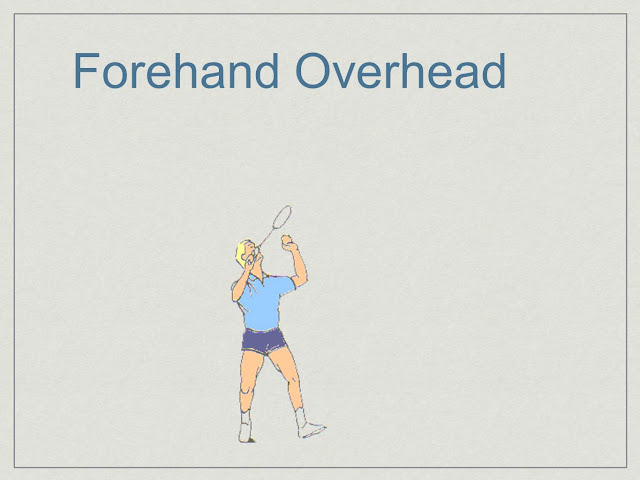Basic Rules of Badminton
Some general rules and terms
1. A player may not touch the net with a racket or his/her body during play.2. A birdie may not come to rest or be carried on the racket.
3. A birdie may hit the net on its way across during play and the rally can continue.
4. A term of service is called an inning.
5. A player may not reach over the net to hit the shuttlecock.
6. A loss of serve is called a side out.
7. In class games will be played to 21 points and a match is 2 out of 3 games.
8. Some types of shots are the lob, drop shot, smash and drive.
Serving
1. A coin toss or spin of the racket determines who will serve first.2. The serve must travel diagonally (cross court) to be good.
3. The racket must make contact with the birdie below the waist on a serve.
4. The server and receiver shall stand within their respective service courts until the serve is made.
5. All lines are considered in bounds.
6. In singles, when the server's score is an even number, the serve is taken from the right side. When the server's score is an odd number, it is taken from the left. (Serving in a doubles game is different)
SHOTS
1. Drive shot
2. Clear shot
3. Net shot
4. Drop shot
5. Smash shot
































